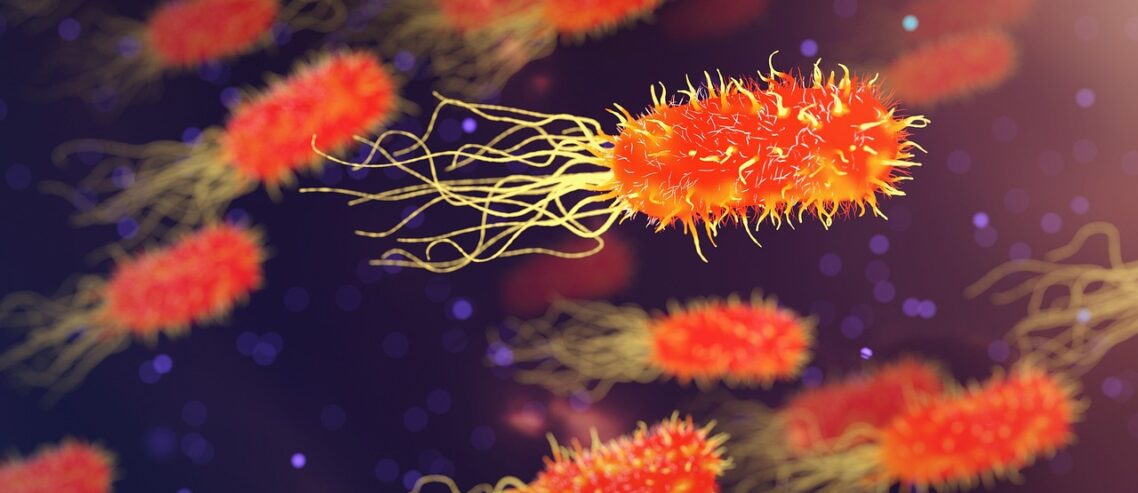Leptospirosis in Thailand
Leptospirosis is a bacterial infection that is spread through the urine of domesticated animals such as dogs, farm animals, and small rodents. The disease usually thrives in warmer climates with high annual rainfall, including Thailand.
This Pacific Prime Thailand article will provide you with an overview of the causes of leptospirosis, the people most at risk of the disease, the symptoms, methods of diagnosis, means of prevention, and prevalence in pets.
Cause and Transmission of Leptospirosis
Leptospirosis is often transmitted from animals to humans via direct contact with the urine of infected animals or with soil and water that are contaminated by the urine of infected animals.
Animals tend to carry the Leptospira bacteria within their kidneys, which are then typically discharged as urine into soil and water.
Humans can get infected with Leptospirosis through direct contact with urine or reproductive fluids of infected animals. It can also spread via soil and water contaminated by infected urine or through consuming contaminated food.
Leptospirosis outbreaks are particularly prevalent following heavy rainfall and flooding.
You may also get infected with Leptospirosis from recreational freshwater activities, such as swimming, whitewater rafting, and boating, where you might be submerged under water for a long time or have risks of swallowing the water.
People Most at Risk of Leptospirosis
People who are involved in activities that put them in direct contact with water, soil, or animals may have higher risks of getting infected with Leptosprirosis.
This can include activities such as:
- Working with livestock
- Working in a veterinary clinic or on farmlands
- Freshwater recreation (e.g., swimming, rafting, kayaking, fishing, and more)
- Hiking
- Gardening
Having open wounds or cuts can increase your risk of being infected with Leptospirosis.

The Symptoms of Leptospirosis
The symptoms of Leptospirosis can be differentiated into two phases. While infection can appear to be asymptomatic, people who are infected may show the following symptoms:
Phase 1: The Leptospiremic Phase
Following an incubation period of approximately 2–14 days, people generally experience flu-like symptoms. Called the leptospiremic phase, this is a period during which the bacteria migrate from the bloodstream to the organs.
The common symptoms that may appear during this phase are:
- High fever
- Red eyes
- Headache
- Muscle aches
- Feeling sick or being sick
- Diarrhea
Blood tests can show signs of infection at this phase.
Phase 2: The Immune Phase
The second phase—the immune phase—is a result of inflammation caused by the immune system as it tries to remove the bacteria from the body. If left untreated, people may also develop severe conditions such as internal bleeding and kidney damage.
The symptoms that may appear during this phase are:
- Jaundice (yellowing of the skin or eyes)
- Headaches
- Hematuria (blood in your pee)
- Muscle aches
- Lung problems
- Skin rashes
- Diarrhea
- Vomiting
Diagnosing Leptospirosis
Given that the leptospirosis bacteria travel through the blood and accumulate within the kidneys, which are responsible for the cleansing of the blood, your blood and urine are most likely to show traces of the disease. A doctor may thus diagnose leptospirosis with blood, urine, or imaging tests.
Here are some of the common tests conducted:
Blood and urine tests: Your doctor will take your blood or urine sample for lab tests.
Imaging tests: In the case of severe leptospirosis, chest X-rays or CT scans may be used to assess the damage to your internal organs.
How Leptospirosis Is Treated
To treat the disease, doctors commonly prescribe antibiotics and monitor the patient’s symptoms afterward. The types of antibiotics used in treatment include:
- Doxycycline
- Penicillin-G
- Amoxicillin
- Ampicillin
- Ceftriaxone
If you have severe symptoms, you may be treated in hospitals, with antibiotics given directly through an intravenous (IV) line.
In the case of lung infections, mechanical ventilators may be used to assist patients who are struggling to time their breaths.
If Leptospirosis has caused organ damage, a plasmapheresis or plasma exchange machine will be used on patients. By attaching a tube to a vein, this procedure separates plasma from blood and replaces the old plasma with new plasma. The blood is then returned to the body through a separate tube.
How to Prevent Leptospirosis
One way of preventing this disease is by avoiding contaminated water and making sure that water is clean before consumption. This is especially important in developing countries, given that freshwater areas are prone to contamination.
Saltwater, on the other hand, is safe. This is because leptospirosis bacteria are unable to survive in cold temperatures and waters with high levels of salinity.
It is also important to keep away from stray animals, especially wild rats, as wild rats and rodents of all kinds are the primary carriers of the leptospirosis bacteria. Furthermore, farm animals in developing countries are often unvaccinated, so it is important to avoid animal bites and fluids.

Can Pets Get Leptospirosis?
In short, all animals can be carriers of leptospirosis. Similarly, the disease can be spread between humans through contact with urine. What’s more, given that the bacteria can survive in water and soil for weeks or months, pets can be infected simply by running in contaminated areas.
For pets, they may exhibit the following symptoms:
- Fever
- Depression
- Lethargy
- Loss of apetite
- Muscle pain
- Eye and nasal discharge
- Changes in how much they pee
- Jaundice (yellowing of skin and eyes)
However, do note that not every pet that is infected will show symptoms of leptospirosis, and every suspected infection should be confirmed and treated by a veterinarian, who will take appropriate actions depending on the conditions.
Conclusion
From pet lovers and outdoor goers to professionals working with animals, everyone at risk should bear Leptospirosis in mind because it hits hard and fast. This is especially true for those living in tropical climates, as the heat puts them at an even higher risk for Leptospirosis.
In addition to leptospirosis, you should also read up on the top 13 diseases and medical conditions in Thailand, including Japanese encephalitis and dengue, in order to improve your chances of preventing them.
In order to avoid racking up hospital bills for unpredictable diseases, getting covered with expat health insurance, international health insurance, or family health insurance for your loved ones is the safest choice. It’s also worth knowing how to make the most of telemedicine in Thailand.
To get started, contact us or compare quotes today.
Frequently Asked Questions
How is leptospirosis transmitted in Thailand?
Leptospirosis is primarily transmitted through direct contact with the urine of infected animals or through contact with water and soil contaminated with such urine. In Thailand, common carriers include rodents, livestock, and domestic animals.
Who is at higher risk of contracting leptospirosis in Thailand?
Individuals engaged in agricultural activities, such as rice farming, are at higher risk due to increased exposure to contaminated water and soil. Additionally, those involved in outdoor occupations like sewage work, mining, and animal care are also at elevated risk.
What measures can be taken to prevent leptospirosis infection in Thailand?
Preventive measures include avoiding contact with potentially contaminated water and soil, especially during the rainy season. Wearing protective clothing and footwear can reduce the risk of exposure.
- Leptospirosis in Thailand - March 27, 2025
- Dengue Fever in Thailand - March 27, 2025
- Understanding Rabies: Types, Causes, and Prevention - March 26, 2025





Comments
Comments for this post are closed.
We'll notify you
when our team replies!